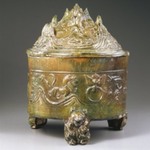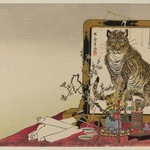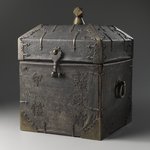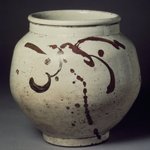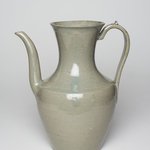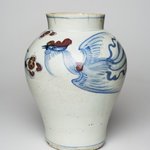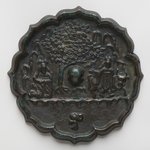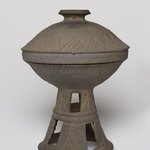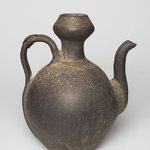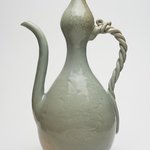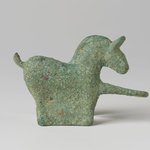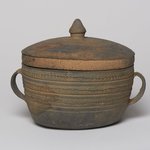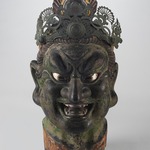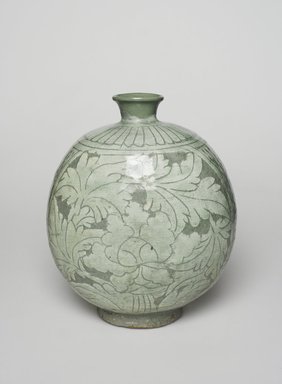

Bottle, mid–to late 15th century. Buncheong ware, stoneware with white-slip decoration, 8 11/16 x 7 in. (22 x 17.8 cm). Brooklyn Museum, Ella C. Woodward Memorial Fund, 75.61. Creative Commons-BY (Photo: , 75.61_front_PS11.jpg)
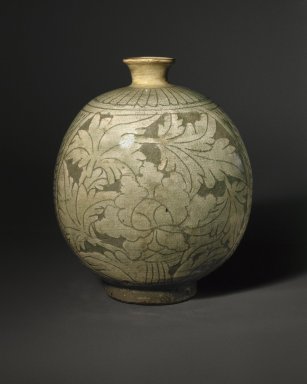
Bottle, mid–to late 15th century. Buncheong ware, stoneware with white-slip decoration, 8 11/16 x 7 in. (22 x 17.8 cm). Brooklyn Museum, Ella C. Woodward Memorial Fund, 75.61. Creative Commons-BY (Photo: Brooklyn Museum, 75.61_SL1.jpg)
Bottle
Asian Art
On View: Asian Galleries, South, 2nd floor
Both of these bottles have been decorated using the sgraffito, or scratching, method: the gray clay body of the vessel was painted with white slip, and then the surface was scraped to reveal the darker surface beneath. Both vessels were then covered in transparent celadon glaze, which sealed and protected the decoration. One bottle has an image of a peony flower, a popular motif in Korean art because it represented wealth and high status.
MEDIUM
Buncheong ware, stoneware with white-slip decoration
DATES
mid–to late 15th century
DYNASTY
Joseon Dynasty
DIMENSIONS
8 11/16 x 7 in. (22 x 17.8 cm)
Diameter at mouth: 1 7/8 in. (4.8 cm)
Diameter at base: 3 5/16 in. (8.4 cm) (show scale)



COLLECTIONS
Asian Art
ACCESSION NUMBER
75.61
CREDIT LINE
Ella C. Woodward Memorial Fund
CATALOGUE DESCRIPTION
From "Korean Art Collection in the Brooklyn Museum" catalogue:
This buncheong bottle with flattened, oval body is decorated with peony design applied via the use of bakji (sgraffito) technique. The technique involves a process of scratching off the background outside an incised design to reveal a different color underneath so that a contrast of colors is achieved between the incised form still maintaining the white slip coating and the gray background surrounding it where the coating is removed. The technique saw a major development during the reign of King Sejong and was favored by the potters in the Jeolla province. The delightfully neat figure combined with the carefree expression of the peony design makes it one among finer pieces of buncheong works remaining today.
EXHIBITIONS
MUSEUM LOCATION
This item is on view in Asian Galleries, South, 2nd floor
CAPTION
Bottle, mid–to late 15th century. Buncheong ware, stoneware with white-slip decoration, 8 11/16 x 7 in. (22 x 17.8 cm). Brooklyn Museum, Ella C. Woodward Memorial Fund, 75.61. Creative Commons-BY (Photo: , 75.61_front_PS11.jpg)
IMAGE
front, 75.61_front_PS11.jpg., 2017
"CUR" at the beginning of an image file name means that the image was created by a curatorial staff member. These study images may be digital point-and-shoot photographs, when we don\'t yet have high-quality studio photography, or they may be scans of older negatives, slides, or photographic prints, providing historical documentation of the object.
RIGHTS STATEMENT
Creative Commons-BY
You may download and use Brooklyn Museum images of this three-dimensional work in accordance with a Creative Commons license. Fair use, as understood under the United States Copyright Act, may also apply.
Please include caption information from this page and credit the Brooklyn Museum. If you need a high resolution file, please fill out our online application form (charges apply).
For further information about copyright, we recommend resources at the United States Library of Congress, Cornell University, Copyright and Cultural Institutions: Guidelines for U.S. Libraries, Archives, and Museums, and Copyright Watch.
For more information about the Museum's rights project, including how rights types are assigned, please see our blog posts on copyright.
If you have any information regarding this work and rights to it, please contact copyright@brooklynmuseum.org.
RECORD COMPLETENESS
Not every record you will find here is complete. More information is available for some works than for others, and some entries have been updated more recently. Records are frequently reviewed and revised, and we welcome any additional information you might have.
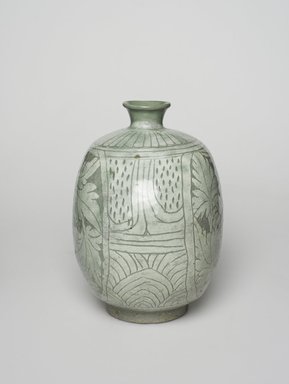
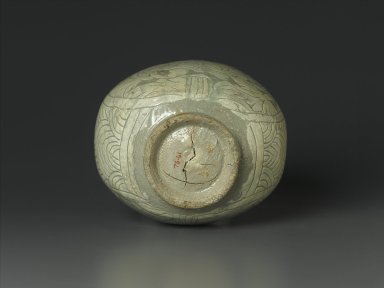
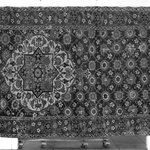
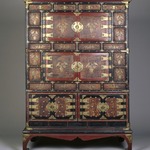
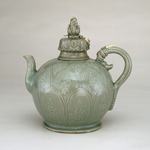
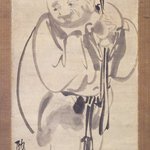
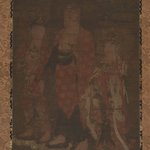
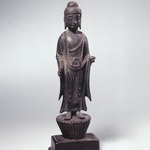

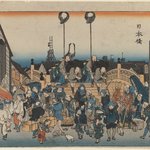
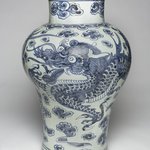
![Kakinomoto no Hitomaro [missing title cartouche: Children Parody the Six Immortal Poets (Tosei Kodomo Rokkasen)]](https://d1lfxha3ugu3d4.cloudfront.net/images/opencollection/objects/size2_sq/82.191_print_IMLS_SL2.jpg)

